Constituency Kolasin Succeeded by Risto Popovic Occupation Politician, lawyer Role Politician | Preceded by Filip Jergovic Alma mater University of Zagreb Name Sekula Drljevic Education University of Zagreb | |
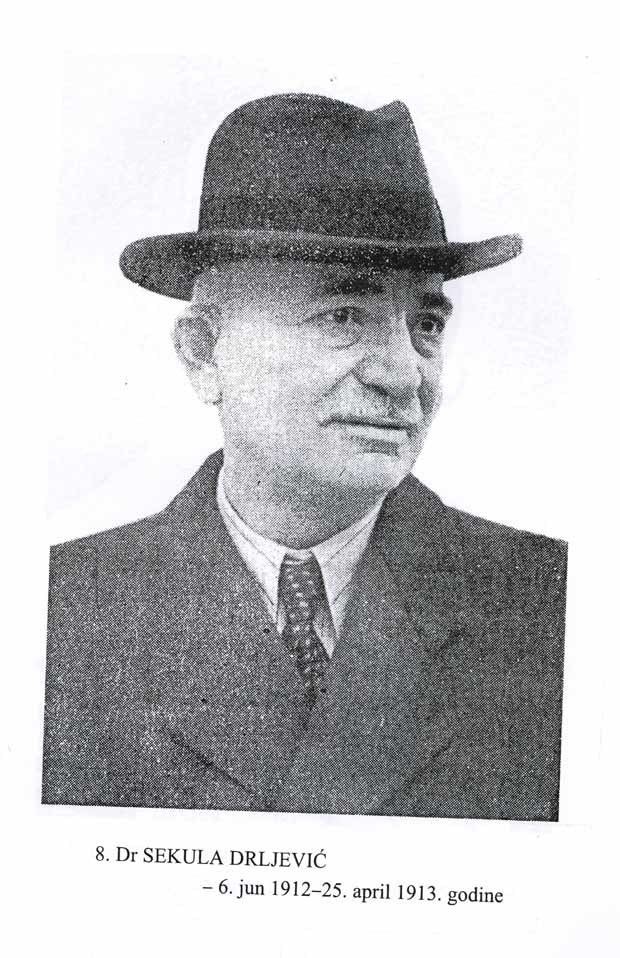 | ||
Died November 10, 1945, Judenburg, Austria Party Montenegrin Federalist Party Similar People Pavle Durisic, Edmund Glaise‑Horstenau, Ante Pavelic, Momcilo Dujic, Draza Mihailovic | ||
Sekula Drljevic (7 September 1884 – 10 November 1945) was a Montenegrin politician and lawyer. Born in the town of Kolasin, he earned a doctorate degree in law and became the Minister of Justice and Finance in the Kingdom of Montenegro before the outbreak of World War I. During the interwar period, he was a leading member of the "Greens" (zelenasi), a Montenegrin separatist movement. A proponent of the theory that Montenegrins were an ethnic group distinct from Serbs, he also founded and became the leader of the Montenegrin Federalist Party.
Contents
- Sekula Drljevi bio posveen opstanku Crne Gore
- Sekula Drljevic o nestanku i brisanju Crne Gore
- Early life and political career
- Montenegrin leader
- Retreat and death
- Legacy
- Works
- References
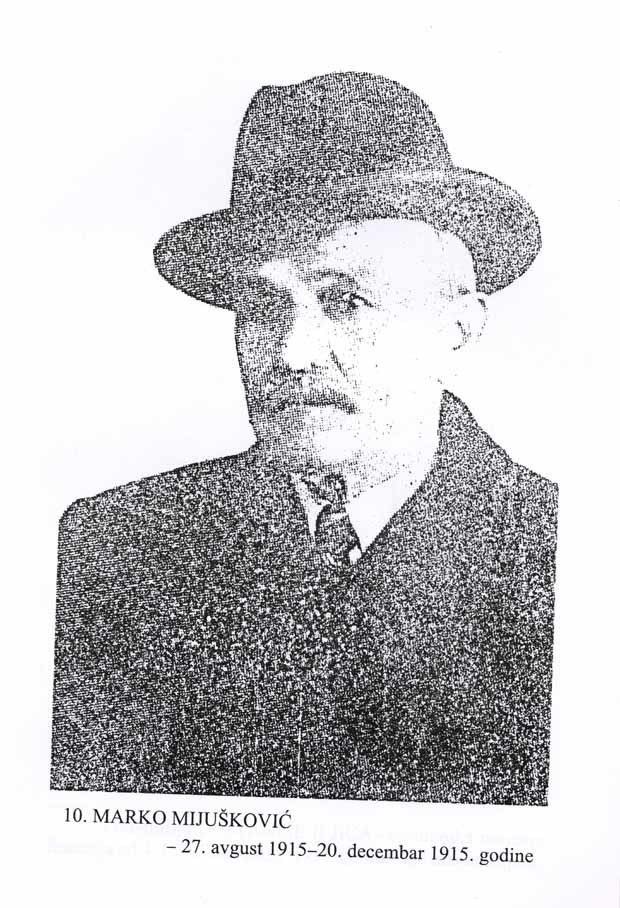
Following the Axis invasion of Yugoslavia in April 1941, Drljevic began cooperating with the Italian authorities occupying Montenegro. In July, he proclaimed the re-establishment of the Kingdom of Montenegro, but his attempt to establish an Axis-aligned puppet triggered an immediate uprising. That September, Italian authorities sent him to an internment camp in Italy after the oubreak of an anti-fascist revolt. Drljevic escaped the camp several months later and made his way into the German-held half of the Independent State of Croatia (NDH). In the summer of 1944, he created the Montenegrin State Council in Zagreb. Drljevic moved back to Montenegro in 1945 and agreed to the formation of the Montenegrin National Army with Chetnik commander Pavle Durisic. Durisic and other Chetnik leader were later ambushed and murdered on behalf of Drljevic and the NDH. Durisic's men later joined Drljevic's Montenegrin National Army and withdrew with him towards the Austrian border. In mid-1945, Drljevic crossed over into Austria with his wife and ended up in a camp for displaced persons in Judenburg. Three Chetnik agents discovered them there in November 1945 and killed them by slitting their throats.
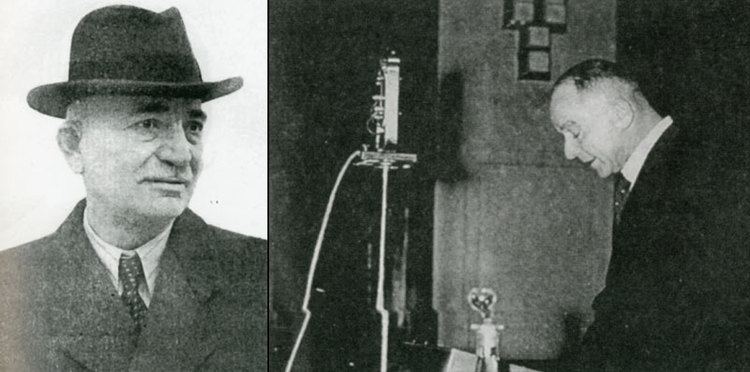
Sekula Drljević bio posvećen opstanku Crne Gore
Sekula Drljevic o nestanku i brisanju Crne Gore
Early life and political career
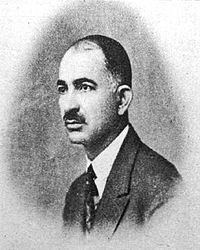
Sekula Drljevic was born on 7 September 1884 in the village of Ravno, near the town of Kolasin. Having finished law school in Zagreb and earned a doctorate degree, he became the Minister of Justice and Finance in the Kingdom of Montenegro in 1909. His brother Janko Drljevic was at that time an MP from the loyalist True People's Party. Drljevic also became an MP, and also served as a minister in King Nikola's cabinet during the Balkan wars, and was renowned for his rhetorical skills. During World War I, he was captured by Austro-Hungarian forces and interned at the Boldagason internment camp in Hungary, where he grew strongly opposed to the leader of Montenegro, King Nicholas I. He was released after the war and moved to Zemun and worked as a lawyer there. He also became a leading member of the "Greens" (zelenasi), a Montenegrin separatist movement which sided with the Yugoslav Federalist Party. During this time, he cooperated frequently with Croatian politicians such as Stjepan Radic, Vlatko Macek, and Ante Pavelic, with whom he became good friends. In the mid-1920s, Drljevic founded the Montenegrin Federalist Party. He quickly became the party's sole leader and foremost theoretician. He expressed support for the unity of Yugoslavia and stressed Montenegro's loyalty to Serbian nationhood, but argued that a nation did not necessarily need to be part of a single state and hinted that he would support the restoration of Montenegro's independence. Consequently, the "Greens" demanded that Yugoslavia's internal boundaries be organized to match the borders of the Balkan states as they were prior to 1918.
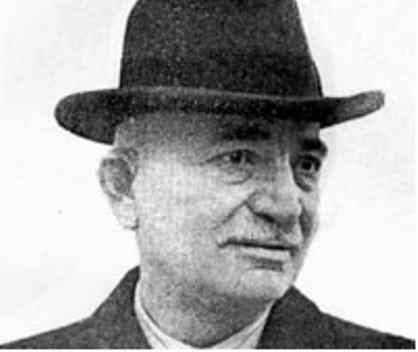
Drljevic and Mihailo Ivanovic had first attempted to found the Montenegrin Party for the 1920 election of a Constitutional Assembly, but were unable to do so due to a lack of time and resistance by the authorities. Drljevic ran unsuccessfully for the Montenegrin Federalist Party in the 1923 elections in both the counties of Niksic and Kolasin. He ran again in Kolasin in 1925 and was successfully elected to the National Assembly. In 1927, Drljevic was elected representative of the Zemun District on the electoral list of the Croatian Peasant Party (HSS). Afterwards, he helped solve a political rift between Radic and Serb politician Svetozar Pribicevic, resulting in the formation of an HSS–Democratic Party coalition. The following year, Drljevic unsuccessfully attempted to dissuade Radic from attending the National Assembly of the Kingdom of Serbs, Croats and Slovenes prior to his assassination by Serb politician Punisa Racic.
Montenegrin leader

On 6 April 1941, Axis forces invaded Yugoslavia. Montenegro was invaded by the forces of Germany and Italy, with the Germans attacking from Bosnia and Herzegovina and the Italians from Albania. The Germans later withdrew, leaving the Italians to occupy the area. In the western portion of Yugoslavia, Pavelic, who had been in exile in Benito Mussolini's Italy, was appointed Poglavnik (leader) of an Ustase-led Croatian state – the Independent State of Croatia (often called the NDH, from the Croatian: Nezavisna Drzava Hrvatska). The NDH combined almost all of modern-day Croatia, all of modern-day Bosnia and Herzegovina and parts of modern-day Serbia into an "Italian-German quasi-protectorate". NDH authorities, led by the Ustase Militia, subsequently implemented genocidal policies against the Serb, Jewish and Romani population living within the borders of the new state.

The creation of an Axis puppet-state known as the Kingdom of Montenegro was proclaimed on 12 July 1941. The state was to be headed by an Italian regent and led by Drljevic and his supporters. By 13 July, this proclamation prompted the outbreak of an anti-Italian uprising in Montenegro led by local communists (Partisans) and Serb nationalists (Chetniks). Having assumed power the previous day, Drljevic established the Provisional Administrative Committee of Montenegro, a collaborationist entity which was a territorial component of the Italian Empire. He also organized his followers to fight against Montenegrin Chetniks and the Yugoslav Partisans. In September, he was dismissed from office by the Italians. Believing that his life was endangered by the revolt, they sent him to an internment camp in Italy. The idea of an independent Montenegro was abandoned, and the Italians opted for a military governorate. Several months later, Drljevic escaped and smuggled himself into the German-controlled area of the NDH. With the surrender of Italy in September 1943, he moved back to Zemun. Here, he became the administrator of the German-run Sajmiste concentration camp. In the summer of 1944 Drljevic relocated to Zagreb, where he created a Montenegrin State Council in the NDH with the assistance of the Germans and Croats. He also published a pamphlet in Zagreb titled Who are the Serbs? (Croatian: Tko su Srbi?). In it, he blamed supposedly "aggressive" Serb policies for all past and modern problems in the Balkans, presented ethnic Serbs as a "degenerate race" and pointed out their similarities with Jews. Drljevic had become a proponent of the theory that Montenegrins were an ethnic group distinct from Serbs following the Axis occupation of Yugoslavia. As early as 1921, he had stated that Serb and Montenegrin "mentalities" were diametrically opposed. He stated: "The mentalities of Serbians and Montenegrins are irreconcilable. The visage of the former was speckled with [Ottoman] slavery; liberty gave the latter a new visage." It was not until 1941 that Drljevic advanced the notion that Montenegrins were not Slavs at all, but Dinaric people descended from the ancient Illyrians. He wrote:
Races are communities of blood, whereas people are creatures of history. With their language, the Montenegrin people belong to the Slavic linguistic community. By their blood, however, they belong [to the Dinaric peoples]. According to the contemporary science of European races, [Dinaric] peoples are descended from the Illyrians. Hence, not just the kinship, but the identity of certain cultural forms among the Dinaric peoples, all the way from Albanians to South Tyroleans, who are Germanized Illyrians.
Retreat and death
In the spring of 1945, Drljevic visited parts of Montenegro held by the Chetniks of Pavle Durisic. It was here that Durisic made a safe-conduct agreement with Drljevic and with elements of the Armed Forces of the NDH. Although the details of the agreement are unknown, it appears to have been agreed that Durisic and his men were to move into the NDH and cross the Sava River into Slavonia where they would be aligned with Drljevic as the Montenegrin National Army, with Durisic retaining operational command. Suspicious of Drljevic's intentions, Durisic tried to outsmart him and his forces by sending only his sick and wounded across the Sava, keeping his fit troops south of the river. Following his defeat at the Battle of Lijevce Field, north of Banja Luka, and the defection of one of his sub-units to Drljevic, Durisic was forced to negotiate directly with the leaders of the NDH forces about the further movement of his units towards Slovenia. This appears to have been a trap, as he was attacked and captured by them on his way to the meeting. On 20 April, Durisic, Petar Bacovic, Dragisa Vasic and Zaharije Ostojic were taken to the Stara Gradiska prison, near Jasenovac. The Ustase gathered them in a field alongside 5,000 other Chetnik prisoners and arranged for Drljevic and his followers to select 150 Chetnik officers and non-combatant intellectuals for execution. Durisic, Bacovic, Vasic and Ostojic were amongst those selected. They and the others were loaded onto boats by the Ustase and taken across the Sava River, where they were killed either in the Jasenovac concentration camp itself or in a nearby marsh. Both the NDH forces and Drljevic had reasons for ensnaring Durisic. The NDH forces were motivated by the mass terror committed by Durisic on the Muslim population in Sandzak and southeastern Bosnia while Drljevic was opposed to Durisic's support of a union of Serbia and Montenegro which ran counter to Drljevic's separatism. Left without a leader, the majority of Durisic's men were integrated into Drljevic's Montenegrin National Army and withdrew with him towards the Austrian border.
In the second half of May, the troops of the Montenegrin National Army surrendered to the British and were quickly turned back into Yugoslavia and into the hands of the communists. Drljevic managed to evade capture, and he and his wife sought refuge at a camp for displaced persons in the Austrian town of Judenburg. On 10 November 1945, three of Durisic's followers discovered them there and murdered them by slitting their throats.
Legacy
In 1944, Drljevic rearranged the lyrics of the Montenegrin patriotic song "Oj, svijetla majska zoro" to celebrate the creation of the Montenegrin puppet regime that had been established in July 1941. He was declared a war criminal at the Nuremberg Trials in 1946. When "Oj, svijetla majska zoro" was chosen as the national anthem of Montenegro in 2006 with Drljevic's additions intact, many Montenegrin Serbs and unionists protested the selection due to its alleged fascist connotations.
